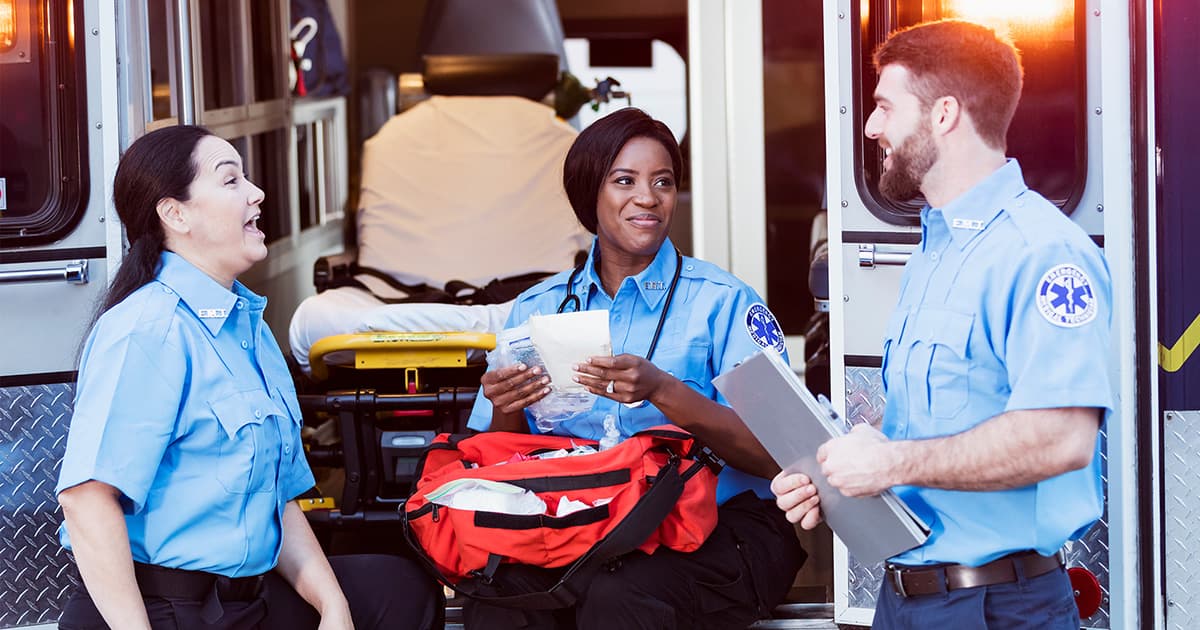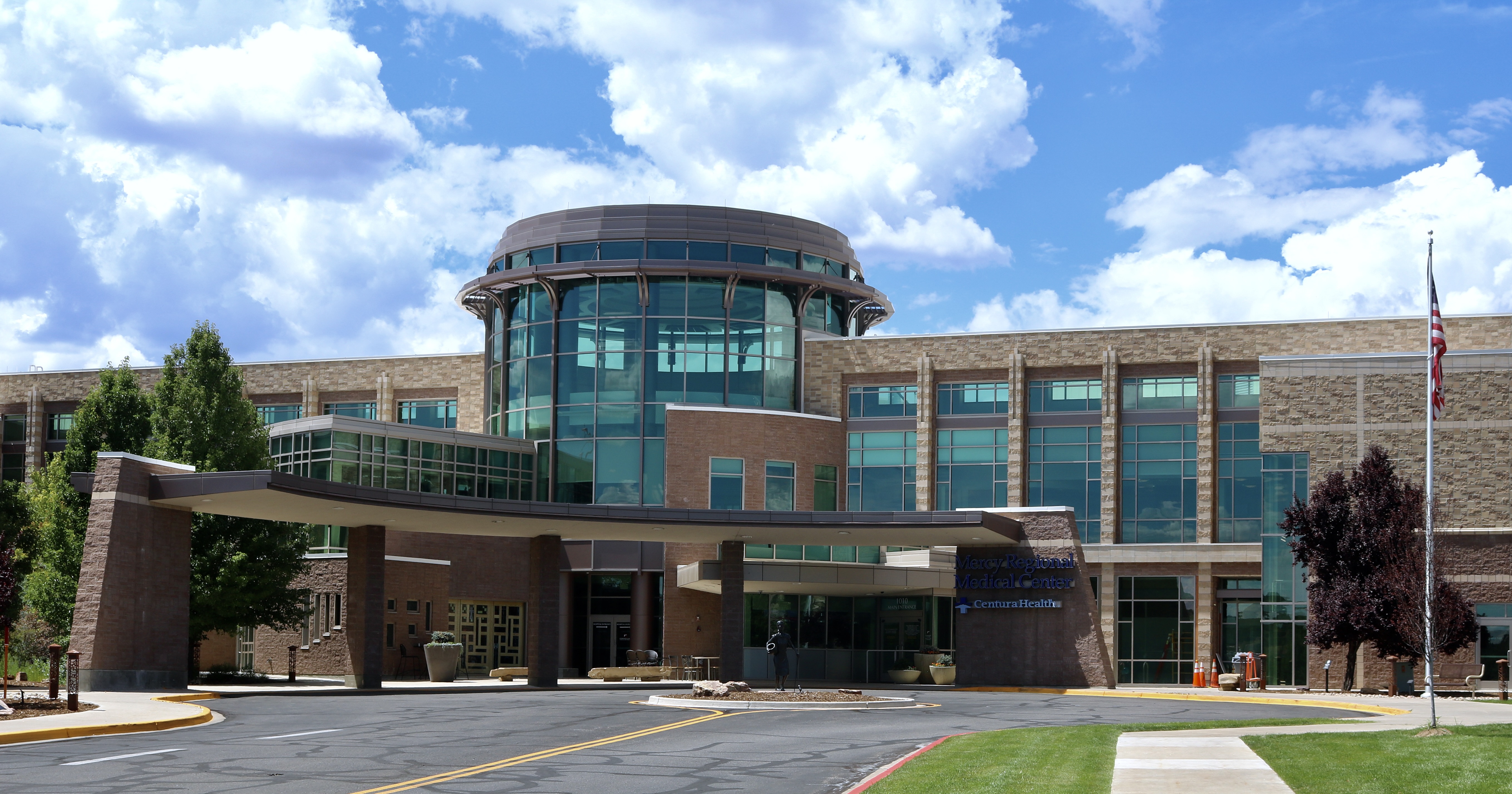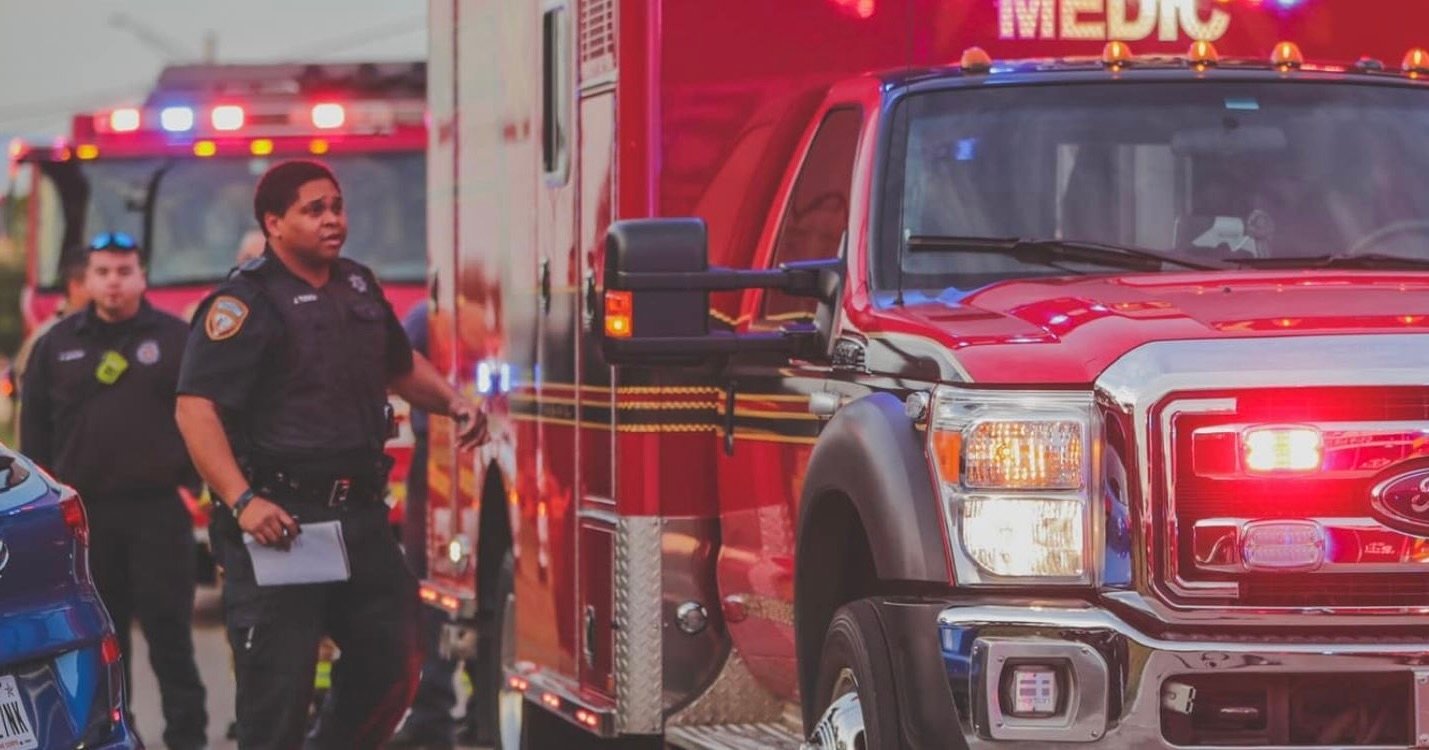Stop the Staffing Spiral: Burnout is Draining Your Workforce
Editor's Note: In July 2025, EMS1 and Fitch & Associates released their annual EMS trend survey, What Paramedics Want, proudly sponsored by Pulsara....
1 min read
 Team Pulsara
:
Oct 25, 2018
Team Pulsara
:
Oct 25, 2018

EDITOR'S NOTE: The following article first appeared in EMS World, and was authored by Shawna Renga, AS, NREMT-P. Shawna is a writer and paramedic in California, where she also serves as an instructor at the United States Coast Guard Medical Support Services School.
--
In southeastern Australia, a team of healthcare providers has launched a new initiative to improve care for patients with stroke by synchronizing all aspects of communication and treatment beginning the moment the patient is first seen by responding emergency medical personnel. Initial results have shown significant reductions in treatment times, potentially leading to improved outcomes for victims of the devastating condition.
Stroke is a leading cause of death and disability worldwide, with 15 million individuals experiencing one each year. Every nine minutes a person in Australia suffers from a new or recurrent stroke. The growing burden of stroke care around the globe highlights the need for advances in treatment of stroke, particularly rapid identification of symptoms and the quick delivery of definitive care. Time is a key factor in the treatment of acute ischemic stroke, as a few minutes gained or lost can make the difference between return to a normal life, permanent disability, or death. Treatments such as tissue plasminogen activator (tPA) or endovascular therapy can reperfuse vital brain tissue and minimize permanent disability if administered quickly enough.
Systems across the globe constantly evaluate and adjust their stroke care models in efforts to decrease the time a stroke patient waits for definitive care. This interval, often referred to as “door-to-needle time,” is a critical factor in the long-term outcome for a patient experiencing an acute ischemic stroke.

Editor's Note: In July 2025, EMS1 and Fitch & Associates released their annual EMS trend survey, What Paramedics Want, proudly sponsored by Pulsara....

A new research study, published in The Journal of the American College of Cardiology (JACC), shows the use of Pulsara in a STEMI-focused initiative...

Texas EMS Agency Slashes Hospital Offload Times For Low-Acuity Patients Down from 45 Minutes to 10.2 Minutes with Innovative Door-to-Lobby Protocol ...